Horrifyingly Beautiful Interiors: Eyes of Laura Mars
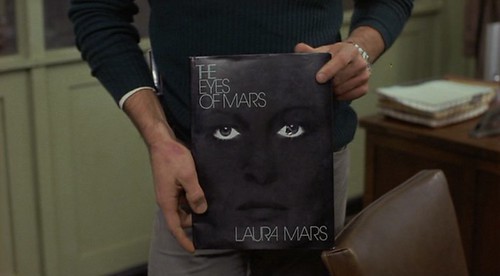
Leave it to Apartment Therapy to get to a topic before this blog does, but let's face it... Eyes of Laura Mars is too gorgeous a movie to cover only once. I like to think of the film as a kind of love letter to the coked-out excess that was late '70s Manhattan, but there's so much more to the story of high fashion photographer Laura Mars, who has the unfortunate gift of being able to see through the eyes of a murderer—namely the interiors.
Though I typically don't go the route of taupey high-glam austerity in my own home, Laura gets it just right in her penthouse of premonition and horrors:
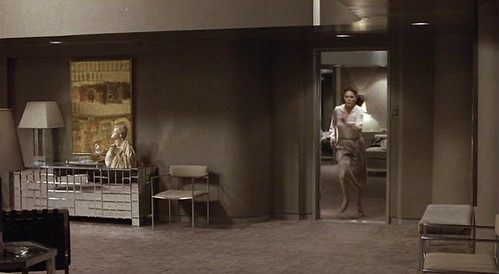
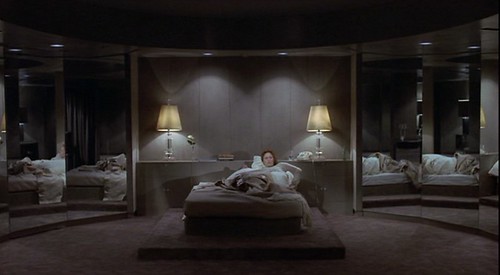
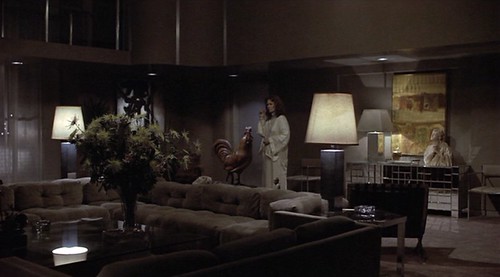
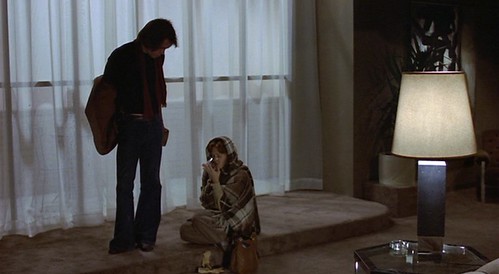
You know you've got some seriously good design going on when 30-plus years later you can photograph this space, untouched, and still have it be relevant. Production designer Gene Callahan and art director Robert Gundlach use a largely muted palette to give the film its icy glamour. Lucite and chrome lend much to Mars' style, but mirrors should practically be billed as the film's third star as they're found everywhere: framed, spanning entire walls, shattered, covering furniture—we're sure there's some metaphor in there about "seeing" and "being seen," but we were too fascinated by Faye Dunaway's contortionist photog skills to examine it.
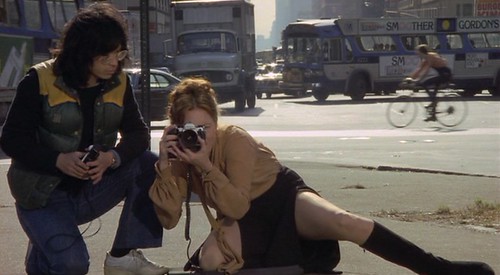
Although Mars' design sensibility operates only in the realm of the über-rich, the film provides for multiple views of a markedly less than glamorous Manhattan through interiors both utilitarian and industrial.
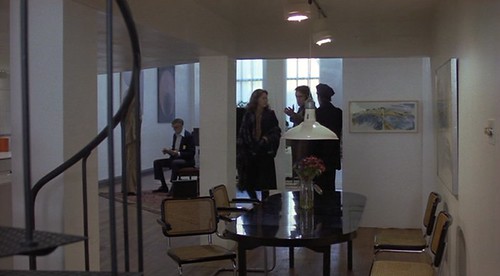

And lest we forget: in Laura's handler's red brocade fantasy of an apartment, the walls match the drapes and match the chairs.
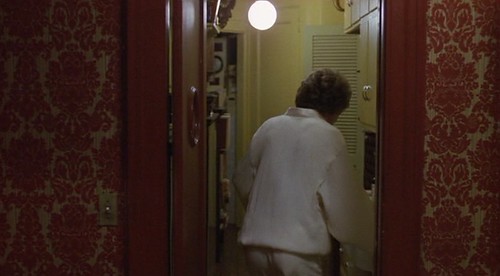

Then there's the candelabras. It's Dorothy Draper gone horribly, horribly wrong, but yes—it is the same movie.
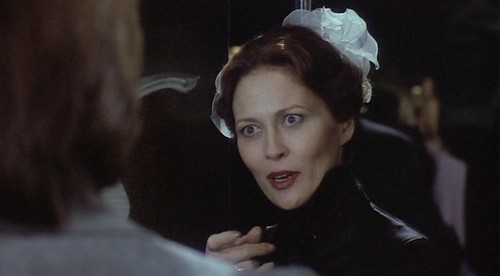
Believe it, Faye.